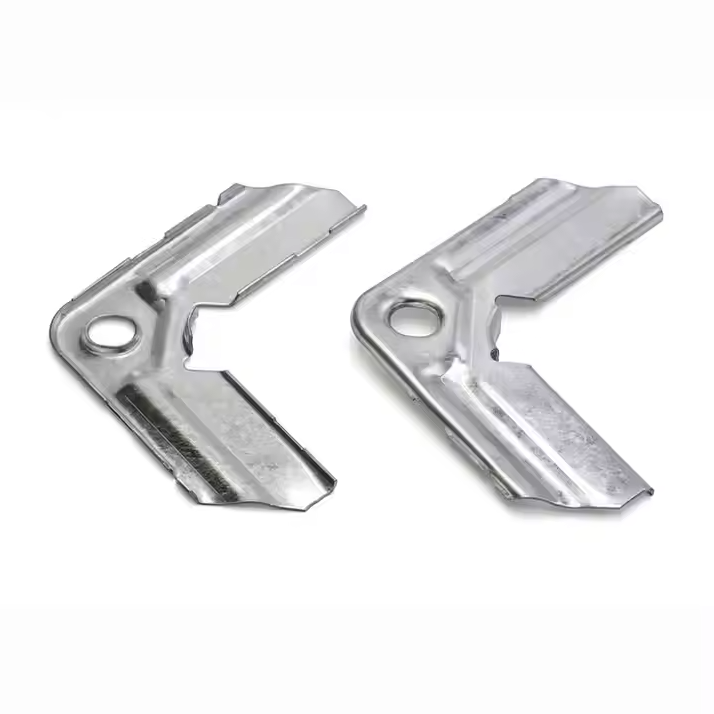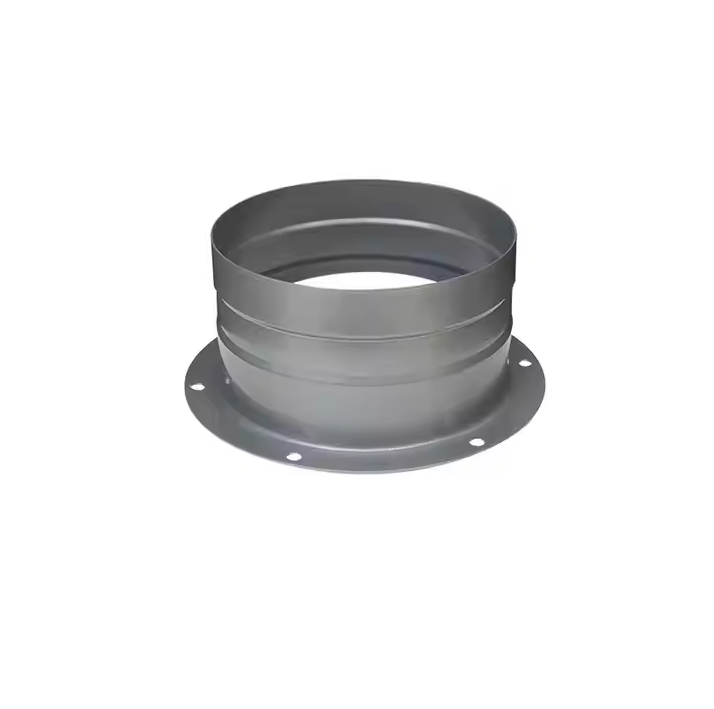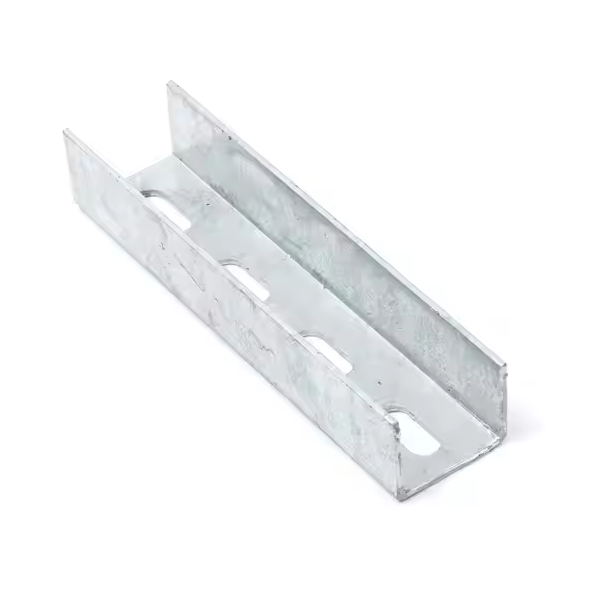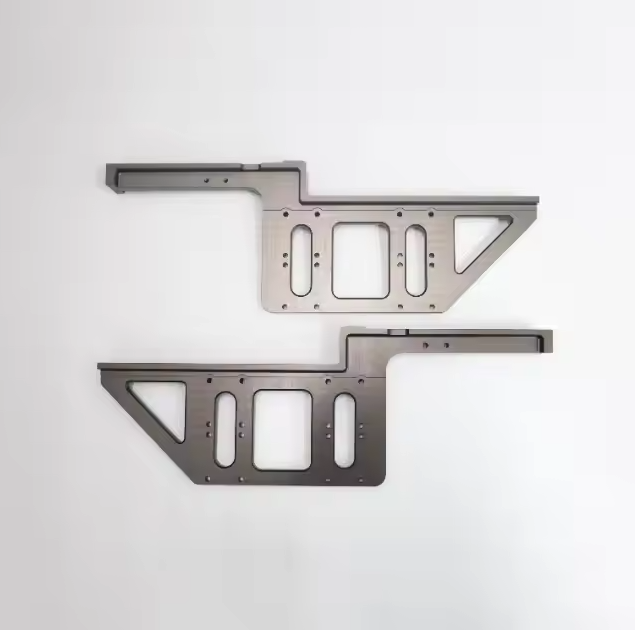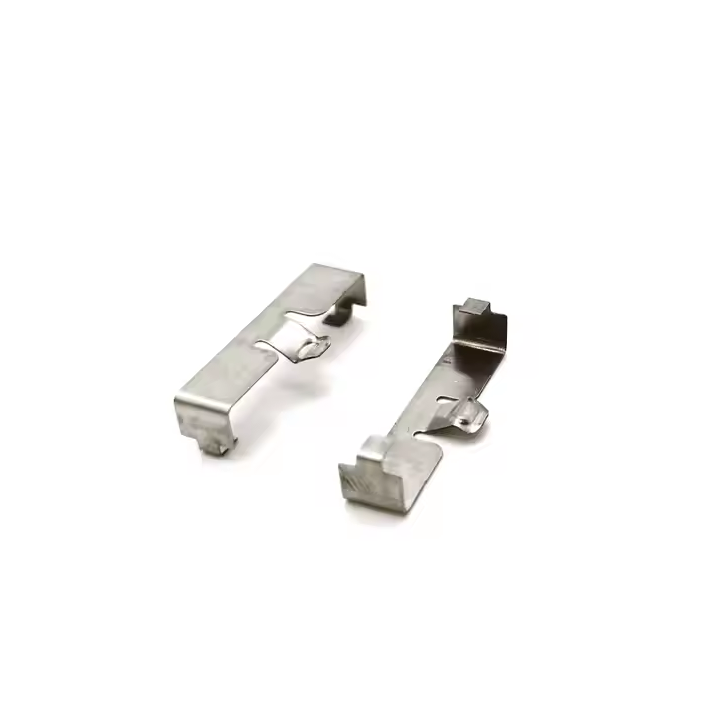In the pursuit of excellent quality and high-performance materials in modern manufacturing, how to improve the surface performance of materials has become a key issue. PVD coating technology has opened up a new path for optimizing material surface performance. From precision electronic components to high-end mechanical equipment, the application of PVD coating enhanced surface is everywhere, which has greatly promoted technological innovation and product upgrades in various industries and profoundly changed our production and life.

PVD coating definition
PVD, or physical vapor deposition, is a technology that uses physical methods to evaporate and sputter atoms or molecules of metals or other materials in a high vacuum environment, and deposits them on the surface of the workpiece to form a coating. In this process, the source material is transported to the workpiece in a gaseous form under the action of high temperature, electric field or magnetic field, and then condenses and crystallizes on the surface of the workpiece to form a coating that is tightly bonded to the substrate and has specific properties.
Advantages and characteristics of PVD coating
High hardness and wear resistance
PVD coating can significantly improve the hardness of the material surface, and its hardness value is often several times that of the base material. Taking metal cutting tools as an example, after PVD coating treatment, the number of cutting times of the tool can be increased several times or even dozens of times, reducing the frequency of tool replacement and reducing production costs.
Excellent corrosion resistance
PVD coating forms a dense protective barrier on the surface of the material, effectively blocking the contact between external corrosive media and the base material.
Low friction coefficient
Some PVD coatings have extremely low friction coefficients, such as molybdenum disulfide (MoS₂) coatings, which can be as low as 0.05 - 0.1. In applications such as mechanical transmission parts and automotive engine parts, PVD coatings with low friction coefficients can reduce friction resistance between parts and increase power output.
Good decorative properties
PVD coatings can present a variety of colors and luster, such as gold TiN coatings, silver chromium nitride (CrN) coatings, black titanium carbide (TiC) coatings, etc., which meet the needs of different industries for product appearance decoration.
Strong bonding with the substrate
PVD coatings are tightly bonded to the substrate through chemical bonding or physical adsorption between atoms, and have good bonding strength. In complex stress environments, the coating is not easy to fall off and can continue to play its role in protecting and strengthening the surface.
PVD coating process
Workpiece pretreatment
First, clean the workpiece surface to remove impurities such as oil, dust, and scale to ensure the surface is clean. Then degreasing is performed to further remove surface grease and improve the adhesion of the coating. Then, surface activation treatment, such as ion bombardment, is performed to remove surface pollutants by impacting the workpiece surface with high-energy ions, while activating the surface atoms to enhance the bonding between the coating and the substrate.
Vacuum environment creation
Put the pretreated workpiece into the vacuum chamber of the PVD equipment, and use the vacuum pump group to extract the air in the vacuum chamber to achieve a high vacuum state. The general vacuum degree is required to be between 10⁻³ - 10⁻⁵Pa.
Source material evaporation or sputtering
According to different PVD technologies, the source material is vaporized in a corresponding manner. In evaporation coating, the source material is heated to the evaporation temperature by means of resistance heating, electron beam heating, etc., so that it is vaporized and diffused to the surface of the workpiece; in sputtering coating, high-energy ions (such as argon ions) are used to bombard the source material target, sputtering the target atoms and depositing them on the surface of the workpiece.
Coating deposition and growth
The vaporized source material atoms or molecules migrate to the surface of the workpiece in the vacuum chamber, and adsorb, condense, and crystallize on the surface of the workpiece to gradually form a coating. During the coating deposition process, the deposition parameters need to be precisely controlled to ensure the thickness uniformity, composition consistency and performance stability of the coating.
Post-processing and testing
After the coating is deposited, the workpiece is post-processed, such as annealing, to eliminate the stress inside the coating and further improve the performance of the coating. Then the coating is subjected to comprehensive quality testing, including coating thickness testing, hardness testing, adhesion testing, friction coefficient testing, corrosion resistance testing, etc.
Types of PVD coatings
Nitride coatings
Such as titanium nitride (TiN), chromium nitride (CrN), titanium aluminum nitride (TiAlN), etc. TiN coating has a golden appearance, high hardness and good wear resistance, and is widely used in tools, molds, decoration and other fields; CrN coating has good corrosion resistance and low friction coefficient, and is often used in automotive parts, marine engineering equipment, etc.; TiAlN coating has excellent hardness and oxidation resistance at high temperatures, and is suitable for applications in high-temperature environments such as high-speed cutting tools and aircraft engine parts.
Carbide coatings
Including titanium carbide (TiC), chromium carbide (CrC), etc. TiC coatings have extremely high hardness, good wear resistance and thermal shock resistance, and are often used to manufacture carbide tools, wire drawing dies, etc.; CrC coatings have high hardness, excellent corrosion resistance and low friction coefficient, and are widely used in mold manufacturing, mechanical transmission parts, etc.
Oxide coatings
Such as aluminum oxide (Al₂O₃) coatings. Al₂O₃ coating has good chemical stability, high temperature insulation and wear resistance, and performs well in high temperature and corrosive environments. It is often used in aerospace engine parts, high temperature furnace parts, etc.
Multi-element composite coating
Coatings formed by combining multiple elements or compounds, such as TiCN, TiAlCN, etc. It has broad application prospects in high-end machinery manufacturing, electronic manufacturing and other fields.
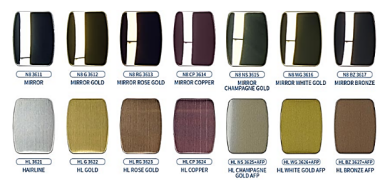
PVD coating application areas
Mechanical processing
In the tool field, PVD coated tools are widely used in metal cutting, drilling, milling, grinding and other processing processes. For example, in the processing of automotive parts, PVD coated tools can efficiently process various steels, aluminum alloys and other materials, improving production efficiency and product quality; in mold manufacturing, PVD coatings can be used for stamping molds, injection molds, die-casting molds, etc.
The pistons, piston rings, valves, crankshafts and other parts of automobile engines can reduce the friction coefficient and improve the fuel economy and power output of the engine after being treated with PVD coating.
Aerospace
The blades, combustion chambers, turbine discs and other parts of aircraft engines work in extreme environments of high temperature, high pressure and high speed, and have extremely high requirements for the surface performance of materials. The landing gear and fuselage structural parts of aircraft can also be treated with PVD coating to improve their corrosion resistance and fatigue resistance and ensure the flight safety of aircraft.
In the manufacture of electronic equipment, PVD coatings are widely used in chip manufacturing, circuit board processing, electronic component packaging and other links. Medical devices
Medical devices have extremely high requirements for biocompatibility, corrosion resistance and surface finish of materials. PVD coatings can be used to manufacture medical devices such as artificial joints, dental implants, surgical instruments, etc.
Decoration and jewelry
In the manufacture of jewelry, watches, eyeglass frames and other products, PVD coatings can give products a variety of colors and luster, such as gold, rose gold, silver, etc., while improving the wear resistance and corrosion resistance of the products.
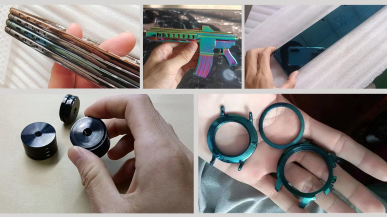
With the continuous advancement of science and technology and the increasing requirements of various industries for material performance, PVD coating technology is also continuously innovating and developing, and new coating materials, processes and equipment are constantly emerging. In the future, PVD coating will develop in the direction of higher performance, more environmental protection and more intelligence, providing strong technical support for promoting technological progress and product upgrades in various industries.
